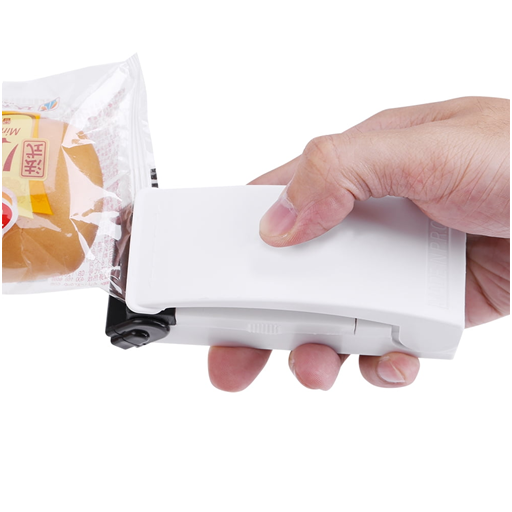The bread maker is more than just a kitchen appliance; it’s a gateway to the comforting aroma and taste of freshly baked bread in the comfort of one’s home. This article will delve into the origins, functionalities, and enduring appeal of the bread maker in modern home baking.
Origins and Evolution:
The roots of automated bread making can be traced back through centuries, but it wasn’t until the latter part of the 20th century that the modern bread maker gained widespread recognition. With innovative features and user-friendly designs, bread makers have evolved to cater to the diverse needs of home bakers, offering convenience and versatility in bread making.
Functionality and Operation:
At its core, a bread maker simplifies the bread-making process by automating key steps like mixing, kneading, rising, and baking within a single appliance. Users can effortlessly add ingredients to the bread pan, select their desired settings, and let the machine do the rest. With options for various bread types, from classic white loaves to artisanal specialties, bread makers provide flexibility and convenience for home bakers.
Convenience and Efficiency:
One of the primary benefits of using a bread maker is its convenience and efficiency in producing fresh, homemade bread. With minimal effort and supervision, users can enjoy delicious bread free from preservatives and additives commonly found in store-bought loaves. The inclusion of programmable timers allows for customized baking schedules, ensuring freshly baked bread is ready for any occasion.
Versatility and Customization:
Beyond traditional bread varieties, bread makers offer versatility in recipes and customization options. Home bakers can experiment with different flours, grains, and flavourings to create unique and personalized breads tailored to their preferences. Furthermore, many bread makers feature settings for preparing dough for various baked goods, expanding culinary horizons beyond bread alone.
Health Benefits:

Homemade bread made with a bread maker offers numerous health advantages over store-bought alternatives. By controlling the ingredients, home bakers can ensure their bread is fresh, wholesome, and aligned with their dietary needs. Incorporating whole grains, seeds, and nuts further enhances the nutritional profile of homemade bread, promoting overall wellness.
Conclusion:
The bread maker has become an indispensable tool for home bakers, offering convenience, versatility, and the satisfaction of freshly baked bread. From its humble origins to its current status as a kitchen essential, the bread maker continues to inspire creativity and elevate the home baking experience. Whether enjoyed fresh from the oven or incorporated into delightful recipes, bread made with a bread maker embodies comfort, satisfaction, and the simple joys of homemade goodness. With its enduring appeal, the bread maker remains a cherished companion in modern kitchens, promising delicious results with every batch.




![Snapchat Spectacles (5th Gen) [Top Features Unveiled] [2024] Snapchat Spectacles](https://barefootclimb.com/wp-content/uploads/2024/10/Snapchat-Spectacles-150x150.jpg)






